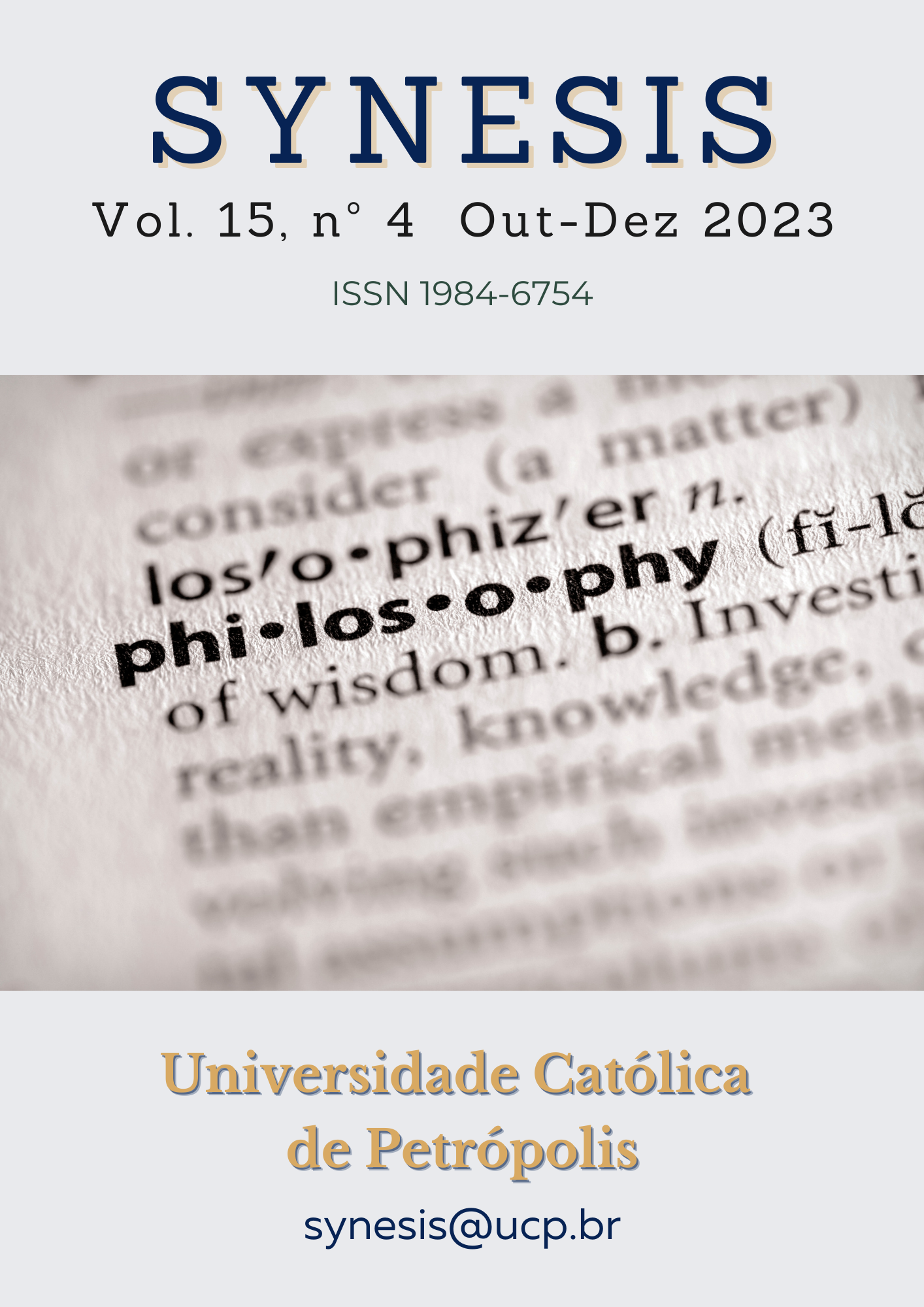Resumo
The present study aims to highlight the superiority of the Moslem community when it was highly complied with the principles and orders of the Islamic shariah. The structure of the divine shariah revealed by Allah to his Prophet Muhammad Peace be upon him builds an integrated Islamic community where values of tolerance, respect and honesty could prevail. Therefore, the major purpose of the current study is to focus on how the application of the principles of the Islamic sharia could improve peoples’ lives and would contribute largely to creating utopia based on tolerance and strong social bonds among Muslims. The present study has reached a number of findings, the most important of which is that the superiority of the Muslim community to other communities stems from its adherence and application to the orders and principles of the Islamic sharia, the balance between the textual orders and principles of Islamic sharia and their application to real-life turns the Muslim community into a highly ethical community based on a sound value system and a high degree of morality. In addition, tolerance values in Islam do not mean to be linen with the application of the principles of the Islamic sharia.
Referências
Albaghawi, M. (1997). Albaghawi Quranic Interpretation. Dar Thebes Publishing house, Cairo.
Al-tabri, A.(2001), Al-tabri Quranic Interpretation. Dar Al-higrah Publishing House, Cairo.
Albukhary, M. (2002). Sahih Albukhary. Dar Ibn Kathir, Damsucus
Alturmazi, A. (1996). Sunan Alturmazi. Dar Al-gharb Al-islami, Beirut.
Al-manway. M. (1971). Fayd Al-Qadir. Dar Al-marfiah Publishing House, Cairo.
Ibn Manzur, M. (2000). Lisan Al-Arab dictionary. Dar Sader, Beirut.
Ibn Hisham, A.(1955). The Prophet’s Biography. Mustfa Albaby Publishing House, Cairo.
Ibn Attyia, A. (2005). The Concise Edition in Interpreting Quran. Dar Alqutab, Beruit.
Ibn Ashur, T.(1984). Al-tahrir wa Altanwir. Tunisian Publishing House, Tunisia.
Ibn Zangyiah, Ahmad.(1986). Finance by Ibn Zangyiah. King Faisel Center for Research and Islamic studies, Riyadh.
Ibn Al-mulqan, O (2012). The Guide to Understanding the forty. Dar Ibn Qathir, Cairo
Ibn Hanbil, A.(2001). Musand Ahmad Ibn Hanbl. Al-Rislaha publishing House, Riyadh.
Ibn Faris, A. (1979). Language Criterion. Dar Alturath Al-arabi,Cairo.
Ismail, Y. (1998). The advantages of being a Muslim. Dar Al-waf’aa
Ismail, S.M. (2017). Hermeneutics and the Problem of Translating Traditional Arabic Texts. Cambridge Scholars, Newcastle,
Muslim, A. (2006). Sahih Muslim. Dar Thebes Publishing House, Cairo.
Omar, A. (2008). The dictionary of Modern Standard Arabic. Alm Alqutb, Cairo.
Taher, M. (2000). Community & Family in Islam. Book world Publishing House, Cairo.
The Qur'an (E. H. Palmer, Trans.). (1965). Motilal Banardsidass.

Este trabalho está licenciado sob uma licença Creative Commons Attribution-NonCommercial-NoDerivatives 4.0 International License.
Copyright (c) 2023 Synesis (ISSN 1984-6754)

